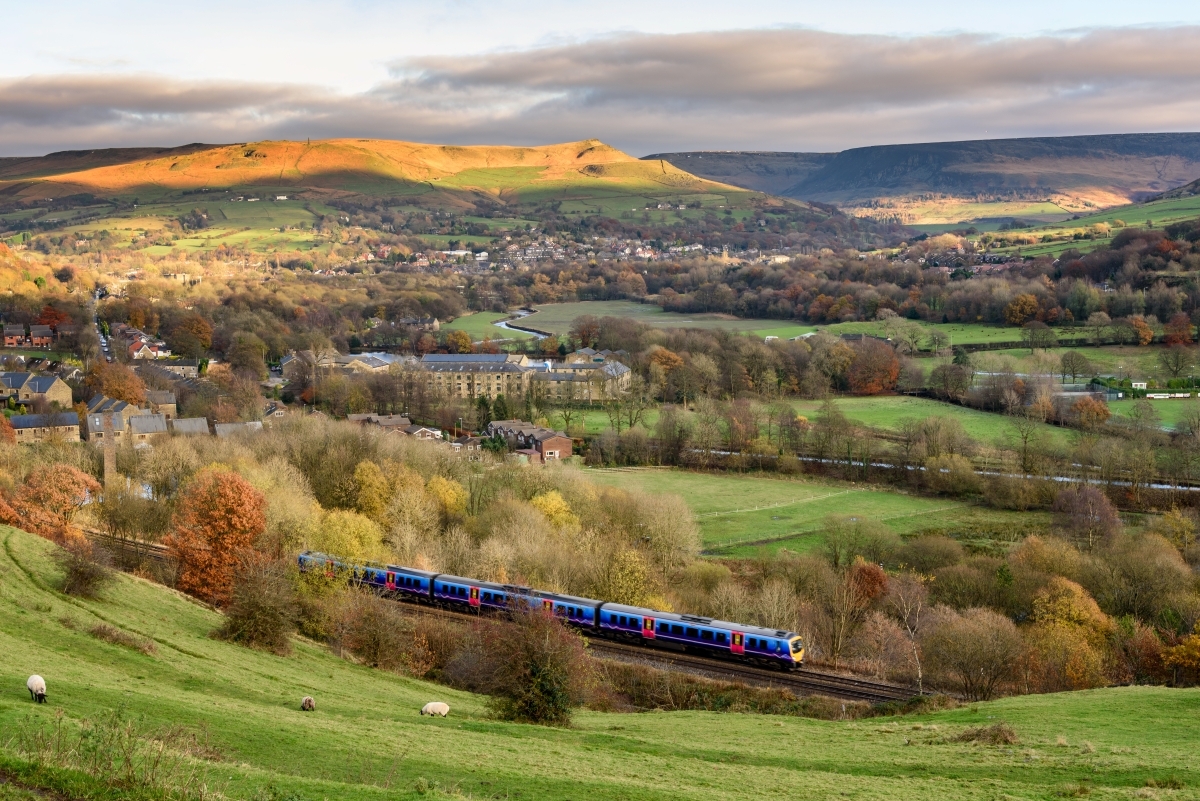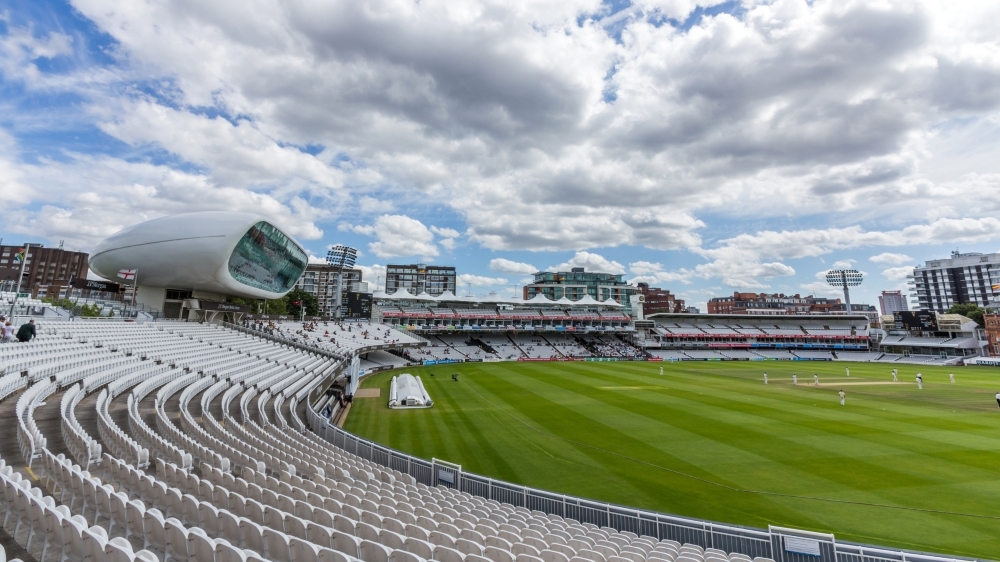Where is the Cotswolds: England’s Bucolic Landscape
Stretching across the rolling countryside at the heart of England, the Cotswolds Area of Outstanding Natural Beauty is one of Britain’s most beautiful landscapes. Famous for its distinctive sand-coloured stone cottages, winding green hills, and tranquil way of life, the Cotswolds is not only a physical place of astonishing beauty, but also the manifestation of the enduring ideal surrounding the English countryside.
For residents, tourists, and those wanting to move into the area, the Cotswolds continues to offer a powerful sense of place, grounded in its stunning landscapes and postcard-worthy settlements, that have shaped the area’s image over the centuries into one of the most desirable locations in the country.

Where Is The Cotswolds?
The Cotswolds area comprises almost 800 square miles, spread out across six counties – Gloucestershire, Oxfordshire, Warwickshire, Wiltshire, Worcestershire, and a small portion of Somerset – with Gloucestershire serving as the core. The region runs in the rough shape of an arc from just south of Stratford-upon-Avon to the city of Bath further south, with Oxford marking the eastern boundary and Cheltenham and Gloucester anchoring the west.
Throughout the area, the landscape is defined by its characteristic gentle hills, known as" wolds" in Old English. There are multiple theories concerning the origin of the name, including possible links to an ancient Celtic Goddess (Cuda), and to the prevalence of sheep farming and the wool trade across the region, with “Cotswold” commonly referred to as a sheep enclosure amid rolling hillside.
A Land Built On Wool
Little is known of the region’s history before the Roman Conquest of Britain. Ancient hill forts such as Belas Knap and Uley Bury are some of the few remnants of early civilisations in the area. During the Roman occupation, the town of Cirencester (Corinium Dobunnorum) became one of the largest settlements in Britain and an important centre of trade, as shown by remnants of Roman roads and villas still found across the region.
During the Middle Ages, the Cotswolds began to flourish due to the international demand for English wool, with the region benefiting from the abundance of sheep, including the crucial breed native to the area known as “The Cotswold Lion”. The region's grassy hills proved ideal for sheep farming and led to the creation of important wool markets in towns such as Chipping Campden. The booming trade saw the growth of "wool churches", large, often elaborate parish churches that still stand as some of the finest examples of Perpendicular Gothic architecture in the country.
Whilst the wool trade would eventually suffer a decline around the 18th century, during the Georgian and Victorian periods, towns like Cheltenham and Bath expanded as spa destinations, drawing further attention to the area. The Cotswolds went through something of a Renaissance, becoming a centre for arts and crafts, particularly amongst expats travelling back from the Americas, with its appeal enhanced by the beauty and livability of the region.
One of the area’s most notable contributions to history is the formation of the Cotswold Olimpicks in 1612, which served as a precursor to the modern Olympic Games. At the natural amphitheatre at Dover’s Hill, attendants travelled from across the country to take part in traditional sporting events, including shin-kicking, handball, hammer throwing, to name but a few. Visitors can still take part through the modern continuation of the games, celebrated every year on the 30th of May, to mark this fascinating medieval tradition, which would influence the world’s most prestigious athletic competition.
Charming Towns and Picturesque Villages
The Cotswolds are perhaps best known today for postcard-perfect villages and towns, and its popularity has brought significant tourism and interest in property purchases across the area. Chipping Campden remains one of the region's most prominent towns, perennially popular thanks to its distinctive curved High Street lined with a myriad of buildings ranging from the 14th to 17th century, and its Wool Churches and markets. As one of the most visited destinations in England, its appeal stretches far out across the world, although the town can become quite crowded with the influx of visitors during the summer months.
Some of the Cotswolds' other popular towns and villages include Stow-on-the-Wold, with its lofty hilltop perch, beautiful sloped streets, and stone-fronted buildings and Bourton-on-the-Water, often dubbed the “Venice of the Cotswolds,” thanks to its distinct, low-arched footbridges. Further south, Tetbury is known for its antique shops and proximity to Highgrove, the private residence of King Charles III, whilst Painswick, sometimes called the “Queen of the Cotswolds,” is one of the area’s most well-preserved towns and boasts stunning woodlands.
Countryside Living
The property market in the Cotswolds remains highly competitive, buoyed by demand from domestic and international buyers wishing to possess a private patch of this bucolic English landscape. Development across the region is tightly controlled, with considerable enforcement of heritage protection and strict planning regulations that limit the opportunity to build new residences but significantly enhance the area’s heritage and preserve the value of many of its oldest properties.
In smaller villages, traditional stone cottages are the most common residences and are often Grade II listed. Featuring flagstone floors, beamed ceilings and exposed timbers, stone fireplaces and even thatched roofs, these residences maintain their timeless image through preserving these standout period features. Whilst typically smaller, they remain in high demand for their authenticity and timeless charm. Larger country houses, often dating from the 17th or 18th centuries, as well as barn or stable conversions, can be found on the outskirts of market towns or in more secluded areas, and come with significant price tags owing to their scarcity.
The Cotswolds’ "golden triangle" between Kingham, Chipping Norton and Stow is especially competitive, with the Daylesford estate, Soho Farmhouse, and top schools like Cheltenham Ladies’ College adding extra allure for buyers looking to make a permanent base in the area. But the Cotswolds offers far more than its impressive scenery and desirable homes and towns to live in. There is a deep-rooted sense of community that preserves the region's identity, which has evolved through centuries of close trading between neighbours, friendly competition, and mutual appreciation for the wonderful surroundings they share, which is precisely why it remains one of the most coveted addresses in England.



